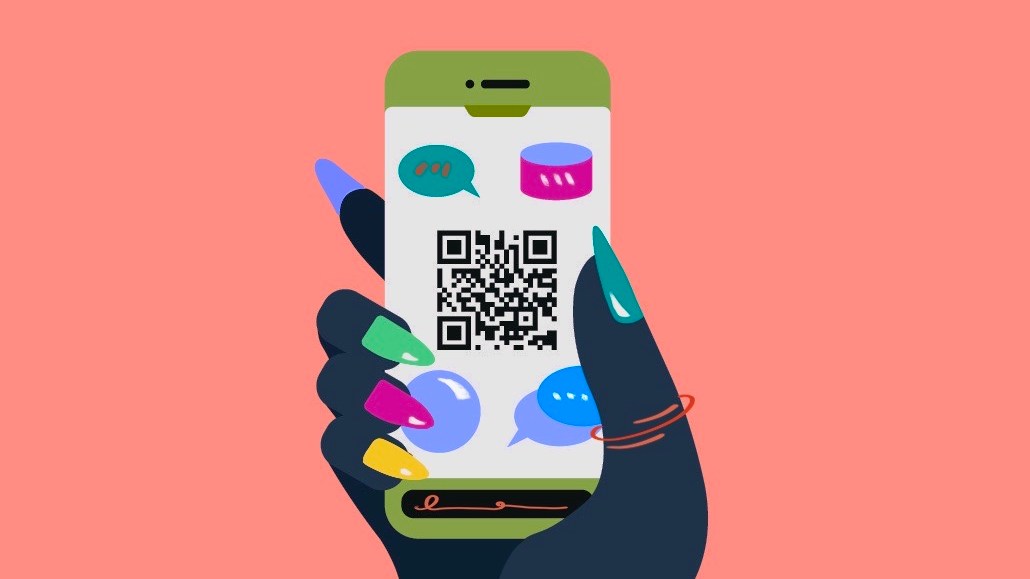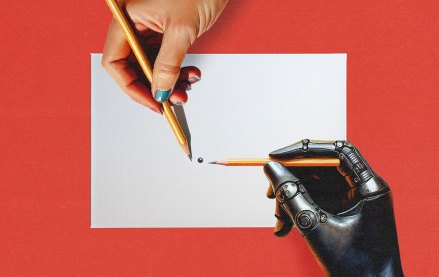Pepsi’s summer campaign taps Bad Bunny and QR codes — and the first-party data that comes with them

PepsiCo is partnering with Bad Bunny to achieve the ultimate summer vibes, with QR codes and, ultimately, first-party data as key parts of the beverage brand’s summer campaign.
From Memorial Day through Labor Day, limited-edition Pepsi bottles will include QR codes that give consumers access to Apple Music for the summer season, along with prizes such as travel to Apple Music Live events, Beats By Dre headphones and Pepsi branded merchandise. The campaign is part of the brand’s “Press Play on Summer” initiative.
According to PepsiCo CMO Todd Kaplan, Pepsi’s approach is to use QR codes to drive traffic to the brand’s websites during the summer, since more people tend to buy cold drinks during this time of the year than any other season. Pepsi is using the QR codes to connect digitally with consumers, with the aim of boosting sales and brand engagement for the summer. In return, Pepsi customers can get three months free of Apple Music.
“Everything we do, we look at from a cost effectiveness and consumer ease and at the end of the day, it’s the simplest way to connect our physical product to a digital experience is a QR code,” said Kaplan, commenting on the brand allocating more of its marketing budget for QR code technology.
Pepsi is joining brands like Kim Kardashian’s Skkn by Kim, Elysian Brewing and the XFL that are utilizing QR codes as a way to entice consumers to visit physical stores or drive traffic to online platforms. The technology has been around for a while, but it gained traction among marketers during the pandemic. Since then, more brands have begun using QR codes in their marketing and consumers have become more familiar with how they work.
And there’s more to QR codes than driving traffic and engagement. First-party data is also a reason brands are finding value in the technology, according to Sharat Potharaju, CEO of QR code platform Beaconstac.
“Pepsi and Apple Music aren’t just creating a frictionless experience for consumers to take advantage of a great service, they’re also creating a bank of first-party data they can use for additional marketing efforts,” said Potharaju, who also shared that the number of smartphone users who scan QR codes on their devices continues to grow, with an estimated 94 million users doing so this year alone.
According to a report published by analytical platform QR Tiger, the number of scans performed on QR codes generated by users in 2022 rose 433% over the previous year, totaling more than 6.8 million.
“QR codes are a great way to instantly connect consumers from physical to digital experiences and kind of help bridge the gap now that phones can quickly and easily recognize QR codes,” said Kaplan, adding that Pepsi extensively tested its QR code feature starting in January to make sure consumers don’t experience technical issues during the summer campaign.
Through Pepsi’s partnership with Bad Bunny, the music artist will utilize his social media presence on Instagram, Twitter and TikTok to publish organic content that will encourage his followers to find the special Pepsi bottles featuring the QR codes. Financial terms of the agreement between the parties were not disclosed.
Pepsi will also promote the campaign on Apple Music and Apple Podcasts, both in English and Spanish, all summer long, with the goal of reaching consumers on a daily basis. Additionally, the brand will leverage digital out-of-home, physical OOH, retail-based advertising and its own social media accounts on Instagram, Facebook, Twitter, TikTok and Reddit to promote its QR codes.
It is unclear how much of Pepsi’s advertising budget is allocated to this campaign, as Kaplan would not share budget specifics. According to Kantar data, PepsiCo spent a little over $184 million in 2022 on advertising efforts.
Other brands focusing on summer in their marketing efforts include Glow Sparkling Hydration, a electrolyte hydration and caffeine beverage brand that recently signed Kylie Jenner, and Liquid I.V., which is ramping up its OOH advertising.
“Consumers love a genuinely useful free benefit, so the offer of a summer of music at no cost, can only build emotional goodwill, so the activation is more than just about positive association, there is a genuine benefit for the consumers too,” said Stephen Cheliotis, global brand insights director at marketing consultancy Gravity Global.
More in Marketing

Best Buy, Lowe’s chief marketing officers explain why they launched new influencer programs
CMOs launched these new programs in response to the growing importance of influencers in recommending products.

Agencies create specialist units to help marketers’ solve for AI search gatekeepers
Wpromote, Kepler and Jellyfish practices aim to illuminate impact of black box LLMs’ understanding of brands search and social efforts.

What AI startup Cluely gets — and ad tech forgets — about attention
Cluely launched a narrative before it launched a tool. And somehow, it’s working.








